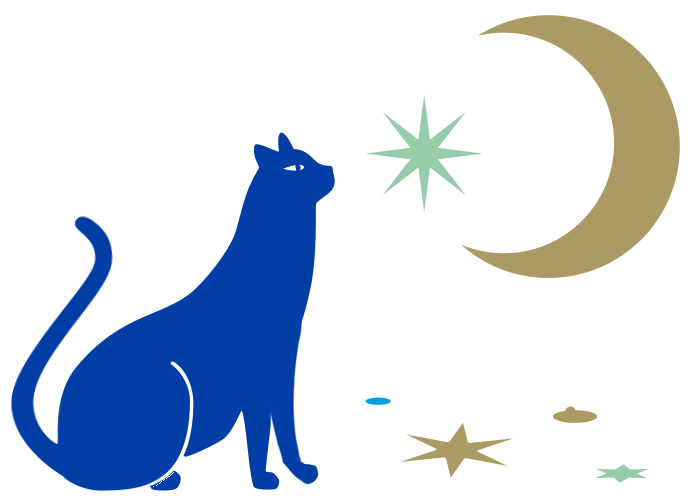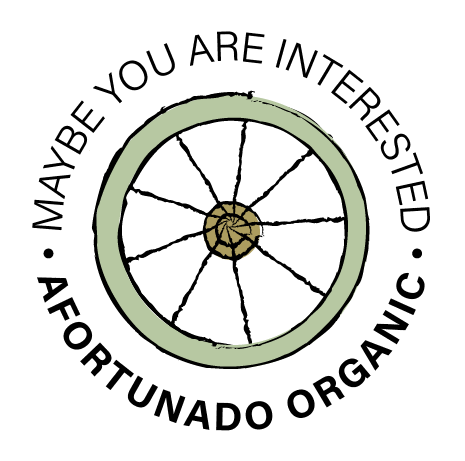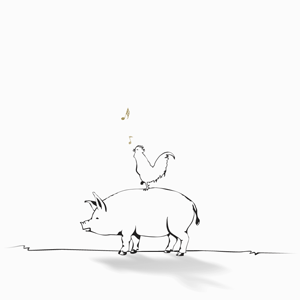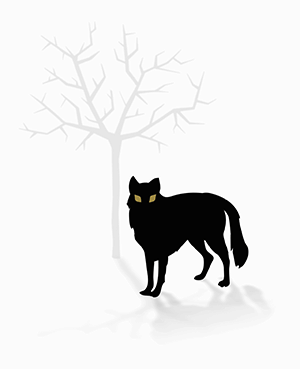June 1993. Two brothers confess to their father their dream of travelling to Santiago in the summer holidays and they ask him to lend them his beloved old red Seat 128 so that they can drive there. They are young, adventurous and no more than twenty-five years old. Their father, an elderly, prudent man who is a wine-lover, lends them his car for two weeks in August on one condition: they must return with the best red wine in the Iberian Peninsula. The brothers, who have been brought up to follow the family wine-making tradition, set off on the journey without believing in miracles, but with the conviction that the most prized treasures are those that have remained undiscovered. Near Santiago, on a local road in the Rías Baixas region, an inopportune flat tyre obliged them to stop and take a walk under the stars to seek help. They come to an old farmhouse surrounded by vineyards. They knock on the door in desperation and a man opens it. The man offers them shelter and two glasses of wine which he says he harvests and produces using his own methods. It is not a red wine but neither is it of this world. There, in that small winery, they discover the gem they were looking for and their particular pilgrimage makes sense: Erasmus was quite right when he said, “Wine speaks the truth”.
A FORTUNATE JOURNEY
WHERE TO FIND WHAT YOU’RE NOT LOOKING FOR

CRECIENTE
Albariño
Almost two decades later, they decide to return to the winery that opened its doors to them fifteen years before they discovered, but this time in their own car. The man’s name is Xosé and he lives in Creciente, a short distance from Portugal. He grew up with a passion for his land and the art of reaping and harvesting its fruit with love. With very few resources, he managed to convert his winery into his own universe and his vineyards into the territory where he produces a wine made with the Albariño grape, which sparkles on the palate like no other, but without an excessively muscat-like taste. A singular gem, which they both think deserves to have a name and a label. On hearing their proposal, the man remained impassive. Tomorrow night there will be a full moon, he responds.
AFORTUNADO
Verdejo
During their search for the illusion of converting something singular like the content of a bottle into plural and taking advantage of each other’s professional experience in the viticulture sector, on their return home, Luis and Carlos stop at Nava de la Asunción, a town at an altitude of 900 m. in the province of Segovia. There, they meet two brothers who have succeeded in making a Verdejo wine with a unique personality. On this occasion they realised three things: firstly, that destiny has again favoured them, secondly, that this wine must be known by more people and be more accessible in more place, and thirdly that although wines from Barcelona wines are well known, there are other regions with interesting native grape varieties that are also worth knowing. So that afternoon they decide to start marketing that non-vintage white wine from Rueda, and set up Viñedos Singulares. The name of the wine is “Afortunado”, a tribute to that August night in Pontevedra when that unfortunate flat tyre had led them to discover the wine that would be the start of everything.
CORRAL DEL OBISPO
Mencia
Near Ponferrada, the path of Viñedos Singulares crosses that of travellers on another path, the Way of Santiago. Some of them carry a wineskin filled a red wine that is said to be magical, known as “the holy wine”. It is true that nobody knows it, but after tasting it, nobody could ever forget the taste of that fantastic wine with Atlantic notes. However, when asked, everyone agrees. They mention a hostel and farm near Villafranca del Bierzo where the landlady offers wine and eggs to pilgrims in return for a promise: that when they reach Santiago, they also offer a share to James the Apostle. The pilgrims continue along their path, but Luis and Carlos decide to visit the hostel, simply because they think that some heavenly things deserve to be known on earth.
ENTRELOBOS
Tinto Fino
Still savouring the unforgettable taste of a Tinto Fino produced in a small winery in Baños de Valdearados, they stop at Villa of Santa Cruz, in the region of Ribera del Duero. They have just tasted a young wine and are suddenly confronted with the oldest Roman mosaic with references to Bacchus’s Triumph over India. A 4th-century gem depicting a god on a chariot drawn by two leopards and a plain dotted with vines between the Lobos and Duero rivers, which, like Bacchus, die at the beginning of winter and are reborn in spring. With no second thoughts, they retrace their steps to that winery filled with French oak casks, where they have discovered that young, vibrant, full-bodied red wine with notes of leather and black fruit. Is there anything more singular than vines that inspired the Romans? Yes, their wine.
JARDÍN ROJO
Tempranillo
A project based on the wish to make wines from the best grape varieties in the Peninsula cannot forget the Tempranillo of La Rioja. Even knowing that in the most famous wine-producing region of Spain, it will be difficult to find something not yet discovered, while visiting the mediaeval walls and wineries of Laguardia in the Rioja Alavesa region, they stop in front of a peculiar house surrounded by an orchard with cherry trees. As they take a picture of it, the young owner opens the door to them and gives them a brief account of the history of that orchard: his grandfather was a vine-grower but he had to close the family winery and so they decided to sell cherries instead. Now they are famous throughout the region for doing that, but the family still conserves the Tempranillo vineyards which grow in the clay and limestone soils near the lake, along with three oak casks which they keep in a garage, safe in the knowledge that their grandfather’s wine still lives on.
EL VEÏNAT
Garnacha
On their return, during a stop in a filling station in the province of Tarragona, Luis and Carlos spot a sign hanging on the window announcing the sale of some nearby D.O. Montsant vineyards. They ask the shop assistant and he tells them that they include some Grenache wine plots at an altitude of 200m, between Els Guiamets and El Masroig. They realise that although they have established Viñedos Singulares close to their home, they have no grape varieties from Catalonia and so they decide to go to the village and find out more about the plots that are for sale. They ask at the tobacco shop, at the bar in the square, at the butcher’s and of course, at the Wine Cooperative Society. The friendly locals tell give them better information that an Internet search engine and they finally manage to locate the seller. Two years later, following an ageing period of 6 months, El Veïnat sees the light of day; a red wine that would not have existed were it not for the help of all those anonymous neighbours.













